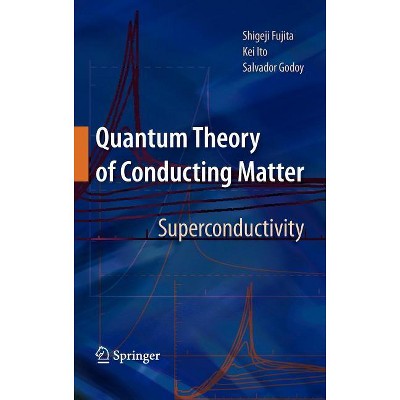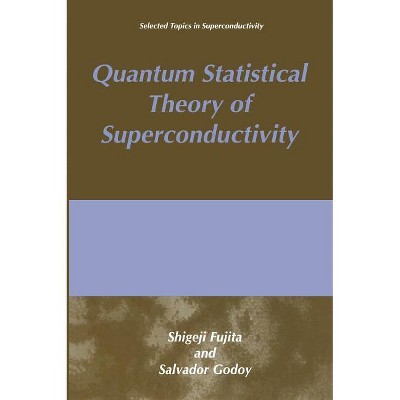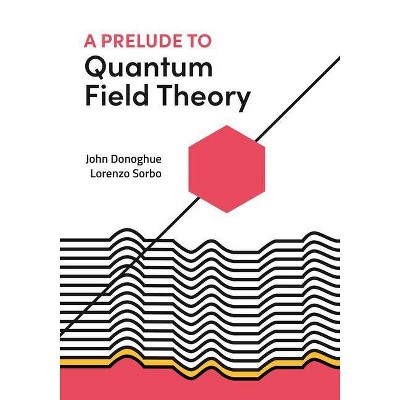Sponsored

Quantum Theory of Conducting Matter - by Shigeji Fujita & Kei Ito (Hardcover)
In Stock
Sponsored
About this item
Highlights
- Quantum Theory of Conducting Matter targets scientists, researchers and graduate-level students focused on experimentation in the fields of physics, chemistry, electrical engineering, and material sciences.
- About the Author: Shigeji Fujita is Professor of Physics at State University of New York at Buffalo and has published 3 books with the Springer family since 1996.
- 244 Pages
- Science, Physics
Description
Book Synopsis
Quantum Theory of Conducting Matter targets scientists, researchers and graduate-level students focused on experimentation in the fields of physics, chemistry, electrical engineering, and material sciences. Many worked-out problems are included in the book to aid the reader's comprehension of the subject. The authors show an important connection between the conduction electrons and the Fermi surface in an elementary manner in the text. No currently available text explains this connection. The currently active areas of research, high-temperature superconductivity and Quantum Hall Effect, are important subjects in conducting matter physics, and the authors plan to follow up this book with a second, more advanced book on superconductivity and the Quantum Hall Effect.
From the Back Cover
Quantum Theory of Conducting Matter: Newtonian Equations of Motion for a Bloch Electron targets scientists, researchers and graduate-level students focused on experimentation in the fields of physics, chemistry, electrical engineering, and material sciences. It is important that the reader have an understanding of dynamics, quantum mechanics, thermodynamics, statistical mechanics, electromagnetism and solid-state physics. Many worked-out problems are included in the book to aid the reader's comprehension of the subject.
The Bloch electron (wave packet) moves by following the Newtonian equation of motion. Under an applied magnetic field B the electron circulates around the field B counterclockwise or clockwise depending on the curvature of the Fermi surface. The signs of the Hall coefficient and the Seebeck coefficient are known to give the sign of the major carrier charge. For alkali metals, both are negative, indicating that the carriers are "electrons." These features arise from the Fermi surface difference. The authors show an important connection between the conduction electrons and the Fermi surface in an elementary manner in the text. No currently available text explains this connection. The authors do this by deriving Newtonian equations of motion for the Bloch electron and diagonalizing the inverse mass (symmetric) tensor.
The currently active areas of research, high-temperature superconductivity and Quantum Hall Effect, are important subjects in the conducting matter physics, and the authors plan to follow up this book with a second, more advanced book on superconductivity and the Quantum Hall Effect.
About the Author
Shigeji Fujita is Professor of Physics at State University of New York at Buffalo and has published 3 books with the Springer family since 1996. His areas of expertise include statistical physics, solid and liquid state physics, superconductivity and Quantum Hall Effect theory.
Kei Ito is also a Professor of Physics at the State University of New York at Buffalo, while on leave from the National Center for University Entrance Examinations in Tokyo, Japan.
Shipping details
Return details
Frequently bought together
Trending Non-Fiction

















